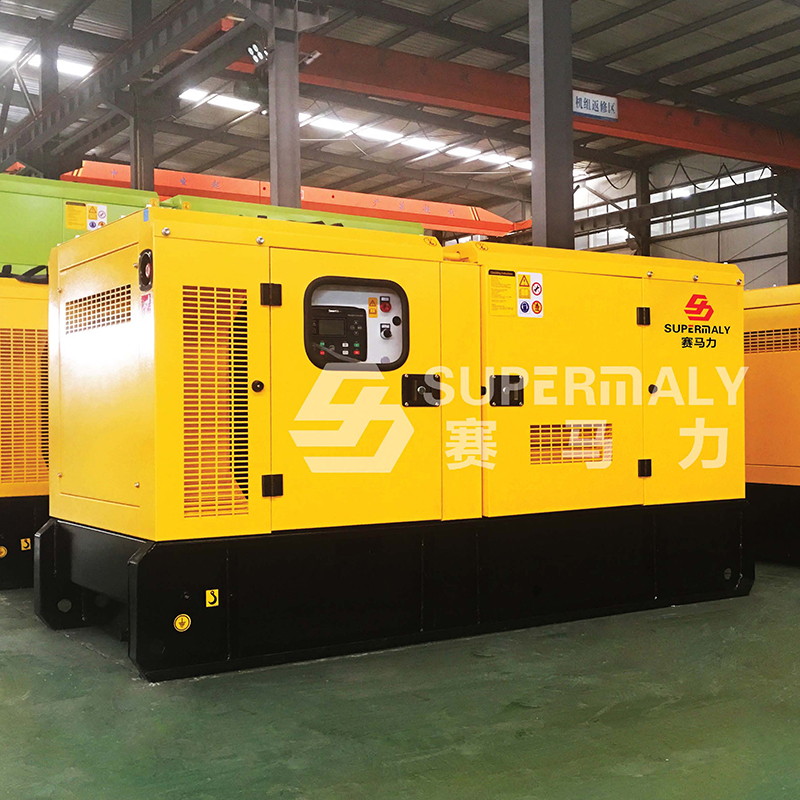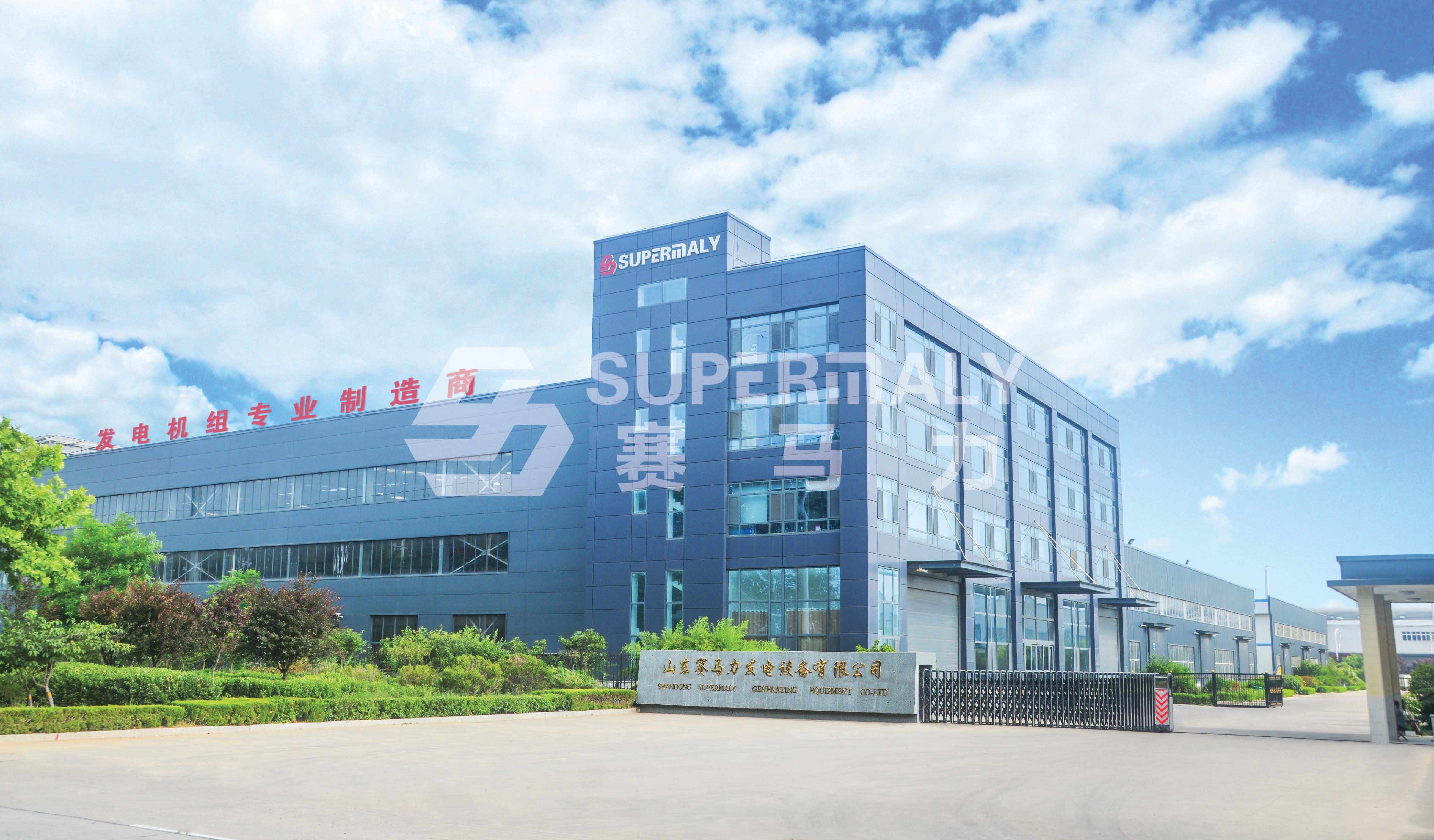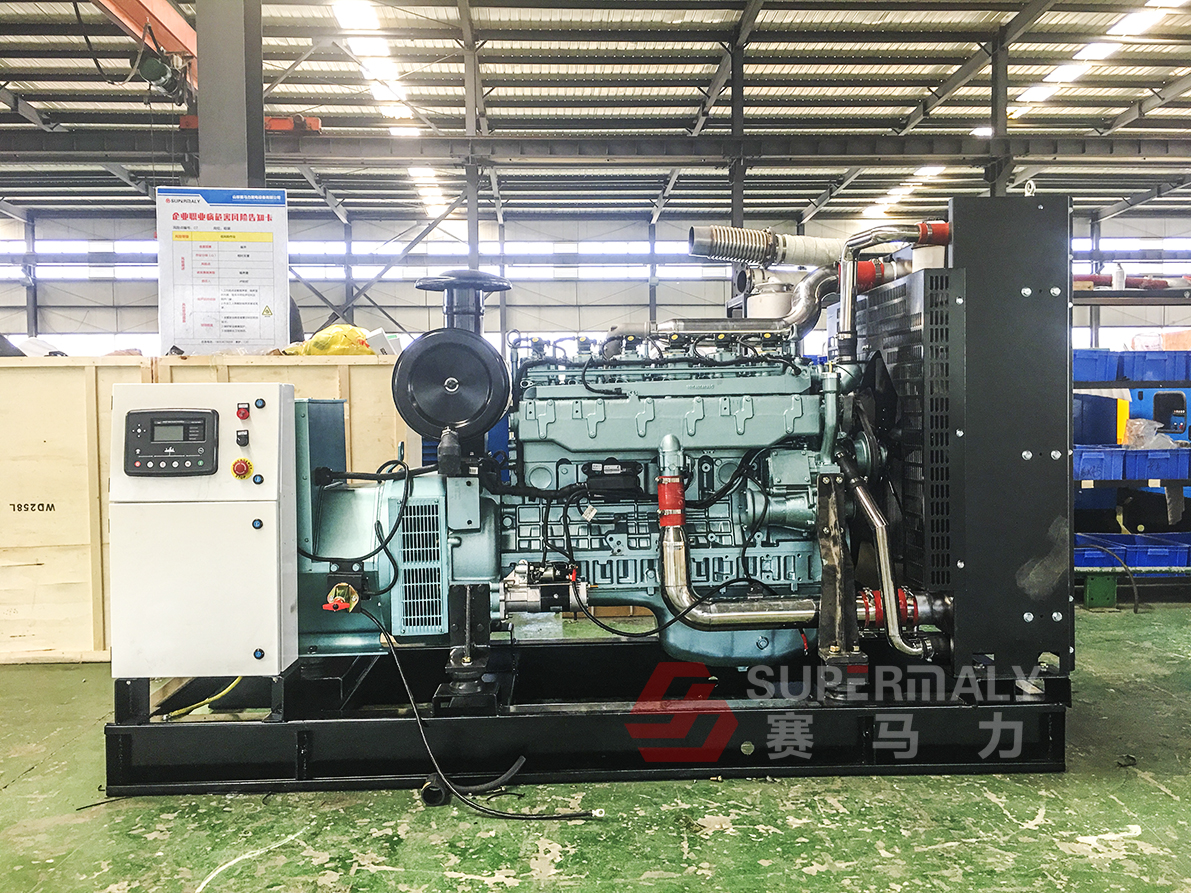Your Position:Home>News>Industry news>Mastering the standardized commissioning process of gas turbine units from no-load to load
Mastering the standardized commissioning process of gas turbine units from no-load to load
Gas turbine generators are becoming an important force in the energy field due to their clean and efficient advantages, and standardized commissioning is a key link to ensure their safe and stable operation. To improve the standardization level of industry debugging, the following basic debugging process guide for gas generator sets provides technical reference for enterprises and data centers.
1、 System check before debugging
Before debugging, a comprehensive inspection of the structural integrity and system status of the unit is required: confirm that all components are securely installed and that fasteners are not loose; The lubricating oil level and coolant level meet the standards (the liquid level should be above the middle of the scale line), and low oil level and low coolant level operation are strictly prohibited; The natural gas pressure needs to be stable at 80-150 millimeters of water column, and there should be no leakage in the pipeline; The electrical system wiring is correct and reliable, and the battery voltage meets the standard.
2、 Start debugging process
Preparation of fuel and control system: Open the gas valve, start the fuel pump, monitor the gas pressure (3-10kPa) and oil pressure; Switch the transfer switch to manual mode and disconnect the generator circuit breaker.
Ignition and no-load operation: Perform ignition and start, monitor parameters such as voltage (400V ± 10V), frequency (50Hz ± 0.5Hz), and speed (1500 revolutions per minute). Run without load for 10 minutes, and switch to standby mode after the water temperature rises to 60 ℃.
Load testing: Follow the principle of "big first, small later" to gradually load, and the new unit needs to run in for 50 hours at 70% rated load. Real time recording of power, current, power factor and other data to ensure three-phase balance.

3、 Operation monitoring and safe shutdown
Dynamic monitoring: Record parameters such as oil pressure (within the range of 3.5-6.5kg), water temperature, and air pressure every half hour, and immediately shut down if any abnormalities are found.
Standardized shutdown: First unload the load to below 10%, run without load for 8-10 minutes to dissipate heat, then switch to idle running for 6 minutes and close the gas valve. Emergency situations can trigger the emergency stop button, but subsequent maintenance is required.
4、 Security measures
Wear protective equipment and maintain ventilation throughout the debugging process; Gas alarms and explosion-proof facilities must be installed in the computer room, and open flames are strictly prohibited; Operators must undergo professional training, and non professionals are prohibited from operating.
A standardized debugging process not only extends the lifespan of the unit, but also lays a solid foundation for the stable operation of the power system. With the development of efficient and low-carbon gas power generation technology, standardized operation and maintenance will become the core driving force for industry upgrading.
Shandong Supermaly Power Generation Equipment Co., Ltd. - an expert in providing comprehensive power solutions for 8-3000KW series and fields, with a focus on high-end power generation solutions for 20 years.

- Strong | The 125th Canton Fair ended successfully, and high-end customers chose it here!
- New arrivals, full of rewards! Supermaly cippe2019 oil show ended successfully!
- Supermaly | Helping the construction of the “Belt and Road” and opening up a new pattern of “going out”
- The difference between gas generator sets and diesel generator sets
- Small class of knowledge | The greater the load on the diesel generator set, the higher the fuel consumption?
- Supermaly reminds you to pay attention to the following items when using diesel generator sets in summer
- Why the generator set pull the cylinder and the characteristics of the cylinder after the pull
- Reasons for Black Smoke in Diesel Generating Set
- How to avoid some of the risks during the installation of diesel generators
- Maintenance and service about diesel generators and gas generators
- The four roles of diesel generator sets
- Matters choose diesel generator sets to note
 Chinese
Chinese  English
English  Russian
Russian  Spain
Spain 


